Gastexposanten
11 October 2025 – 8 February 2026
In 1957, Dutch publishing house De Bezige Bij launched its now-famous Literaire Pockets series in response to the success other publishers had found with inexpensive, compact, and simply bound paperback editions.
De Bezige Bij was the first publisher in the Netherlands to focus specifically on contemporary literature by a young generation of Dutch writers and poets, alternating with translated literary works.
The Literaire Pocket series stood out not only for its literary content but especially for the visual design. The covers featured striking, abstract compositions that echoed the modern art of the time.
These visual designs covered the entire front cover and had no direct connection to the book’s content—a groundbreaking approach for a paperback series. This bold graphic identity aligned perfectly with the publisher’s goal: to create a modern book series for modern readers.
The covers were designed by visual artist Jaap Jungcurt (1923–2018) and graphic designer Karel Beunis (1933–1983). Over the years, they collaborated on the Literaire Pockets (1957–1966), the Literaire Reuzenpockets (1959–1969), and other series for De Bezige Bij.
Their first series, the Literaire Pockets, set the tone, and with over 100 cover designs, offers an almost complete overview of the styles and techniques explored in their collaboration—ranging from collage and felt-tip drawings to écriture automatique.
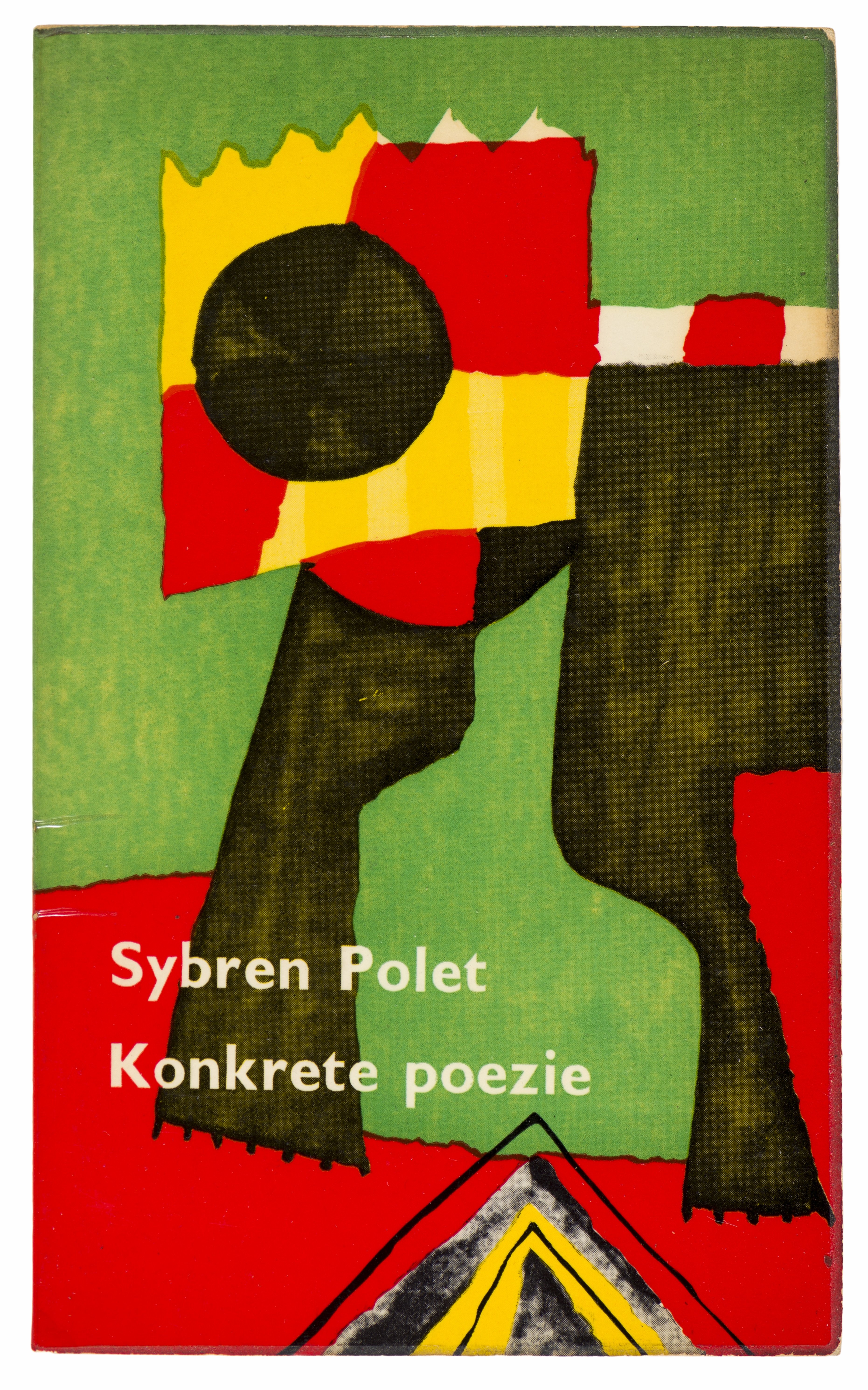
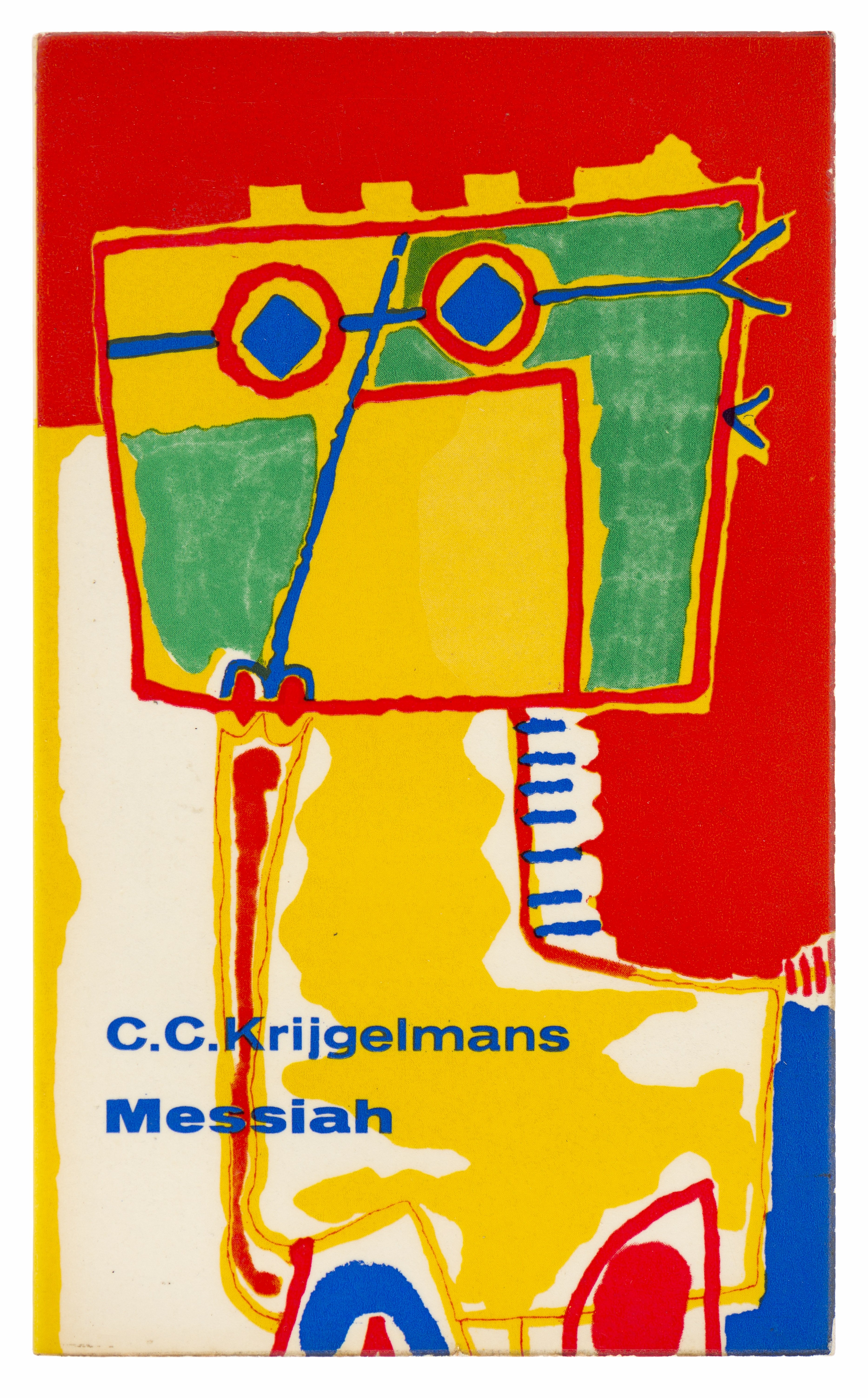
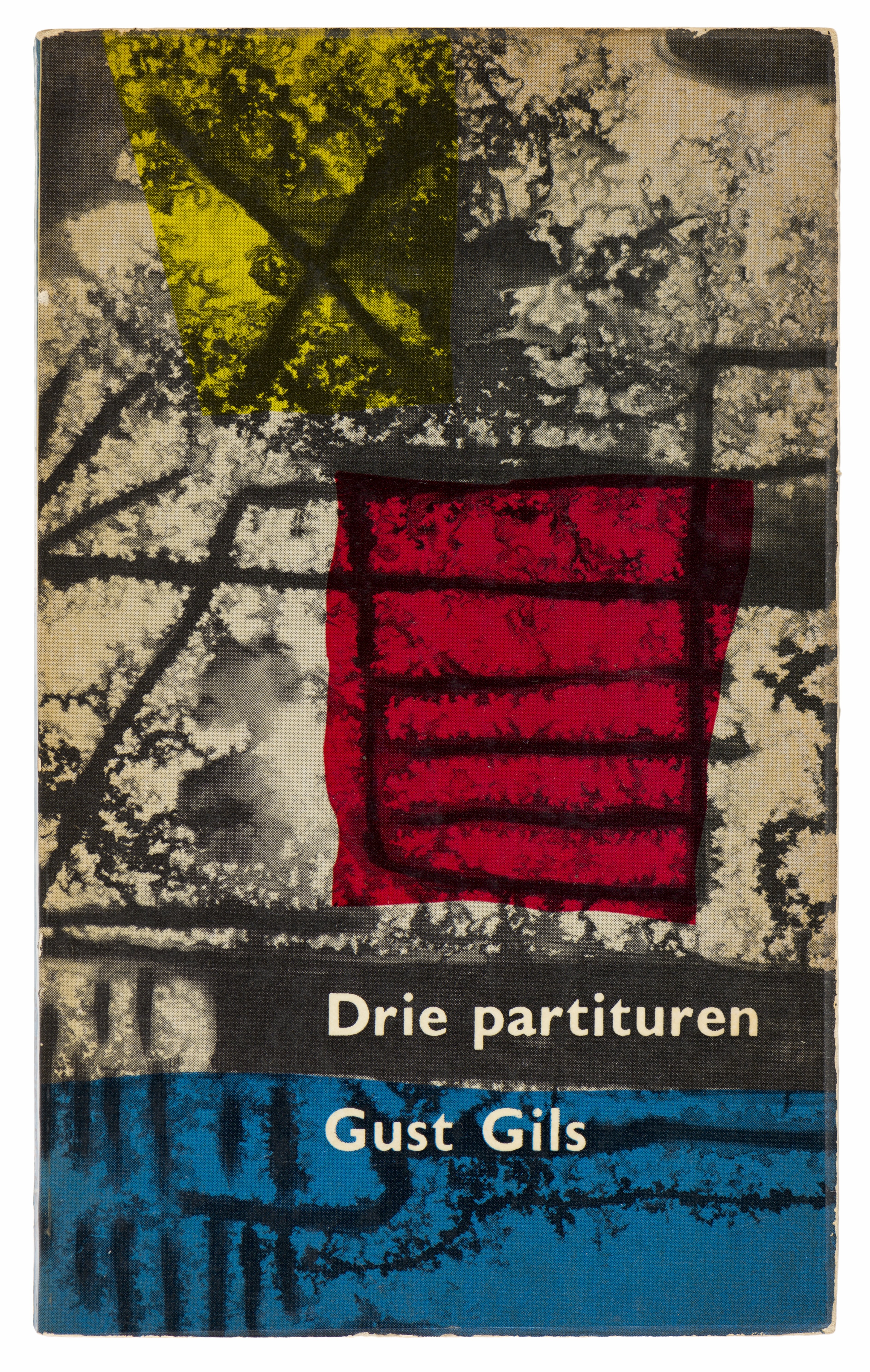
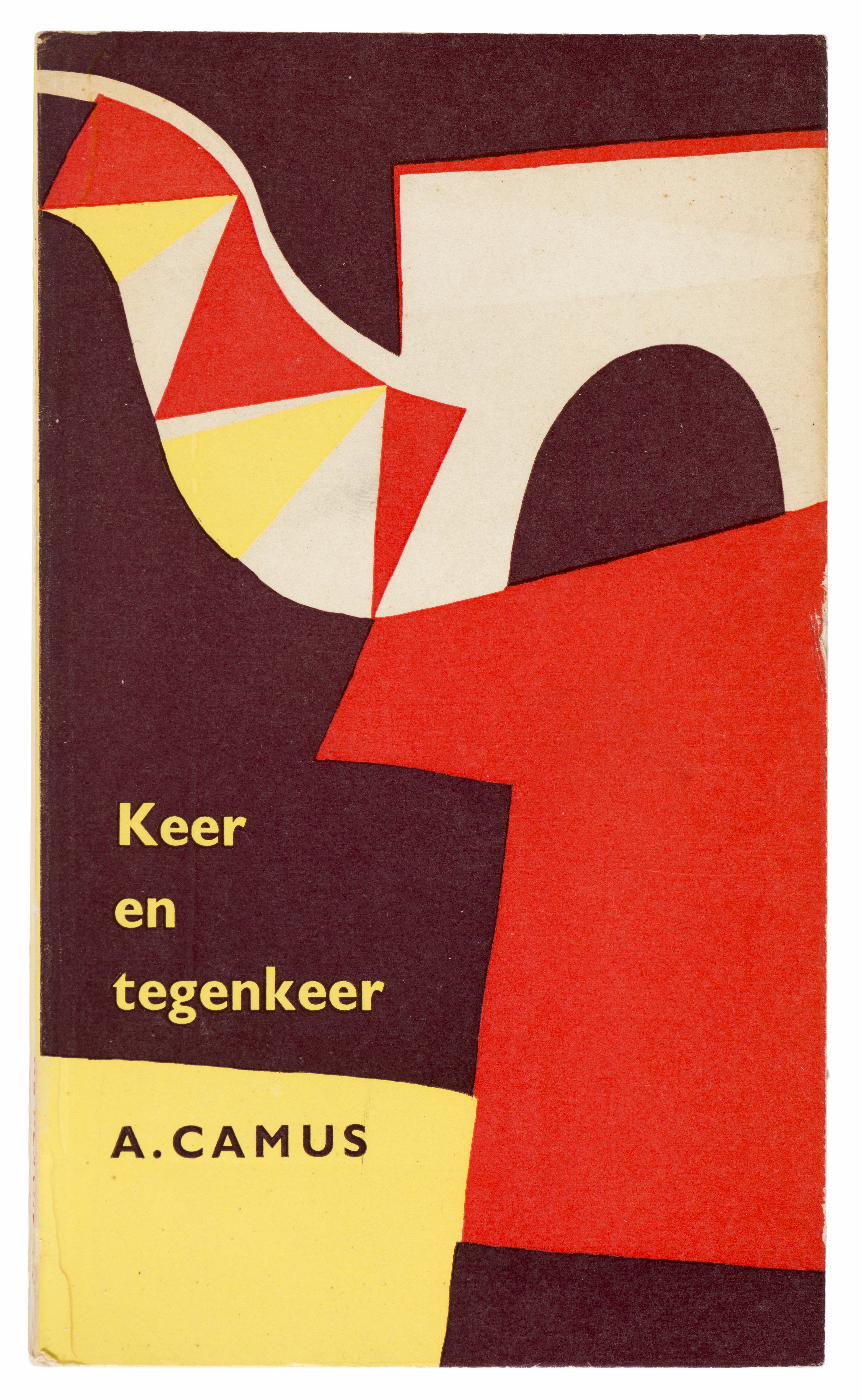
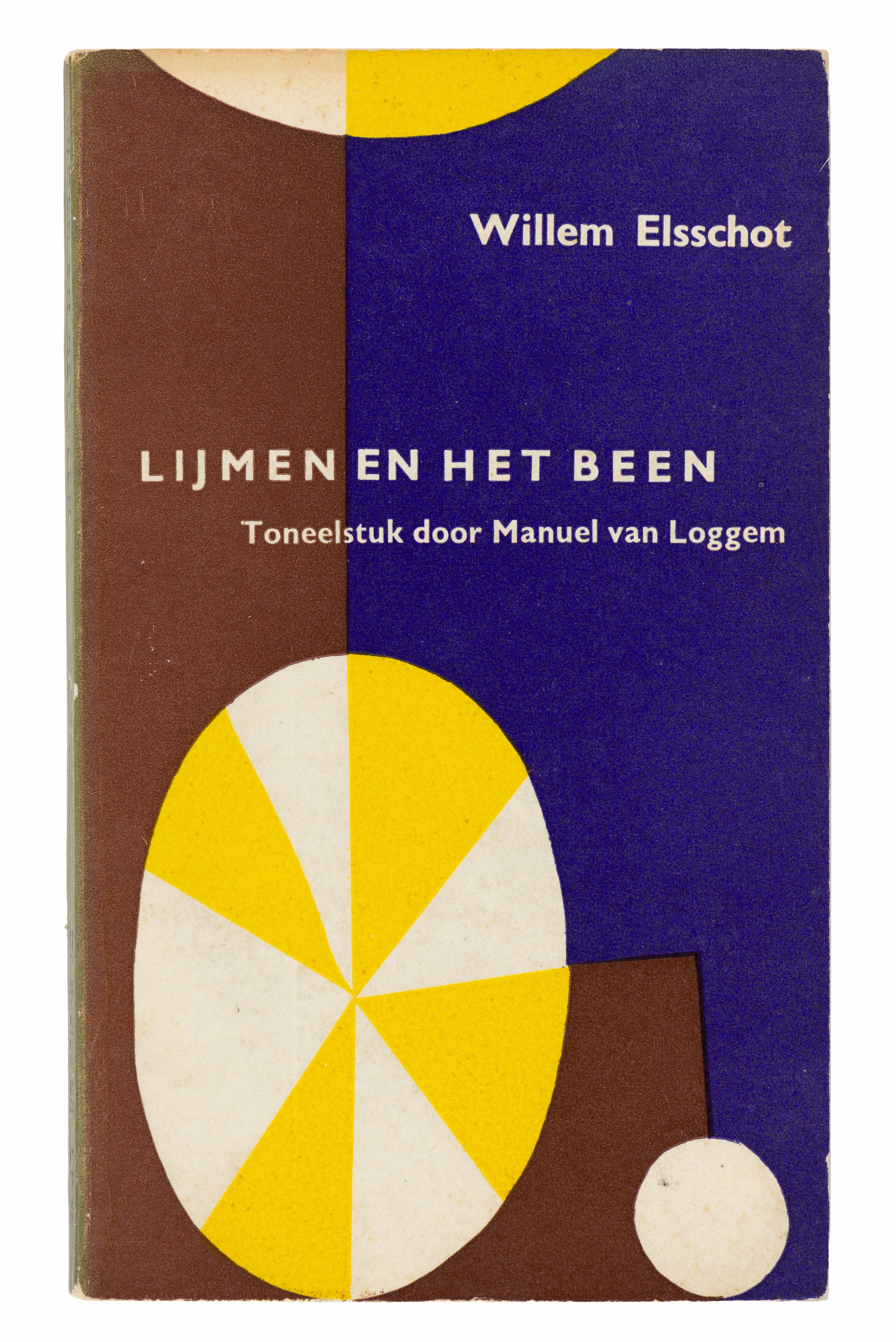
The book On the Cover (Om het Omslag), featuring a complete overview of the Literaire Pocket covers, is available in the museum shop. With thanks to Uitgeverij De Bezige Bij, Amsterdam
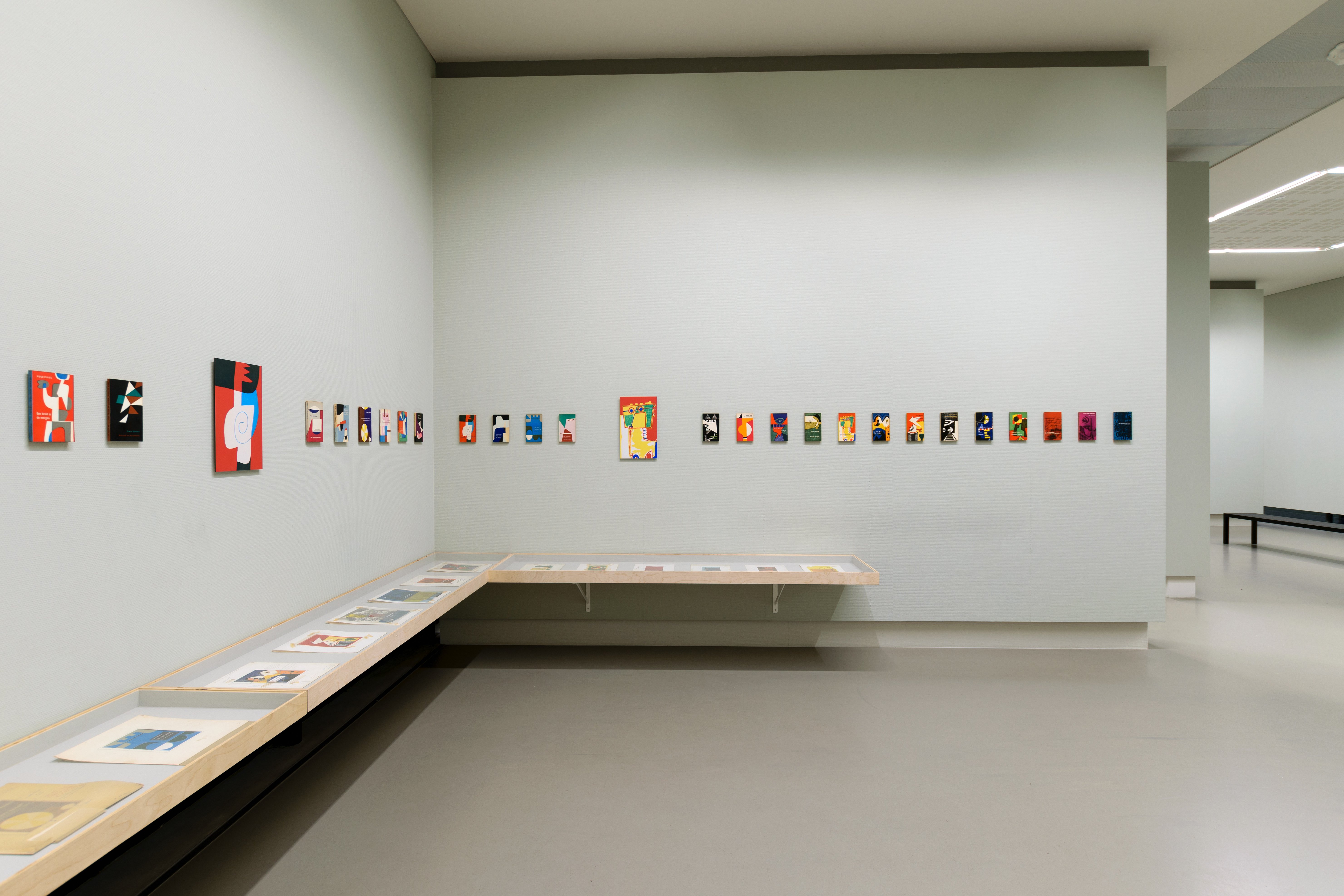
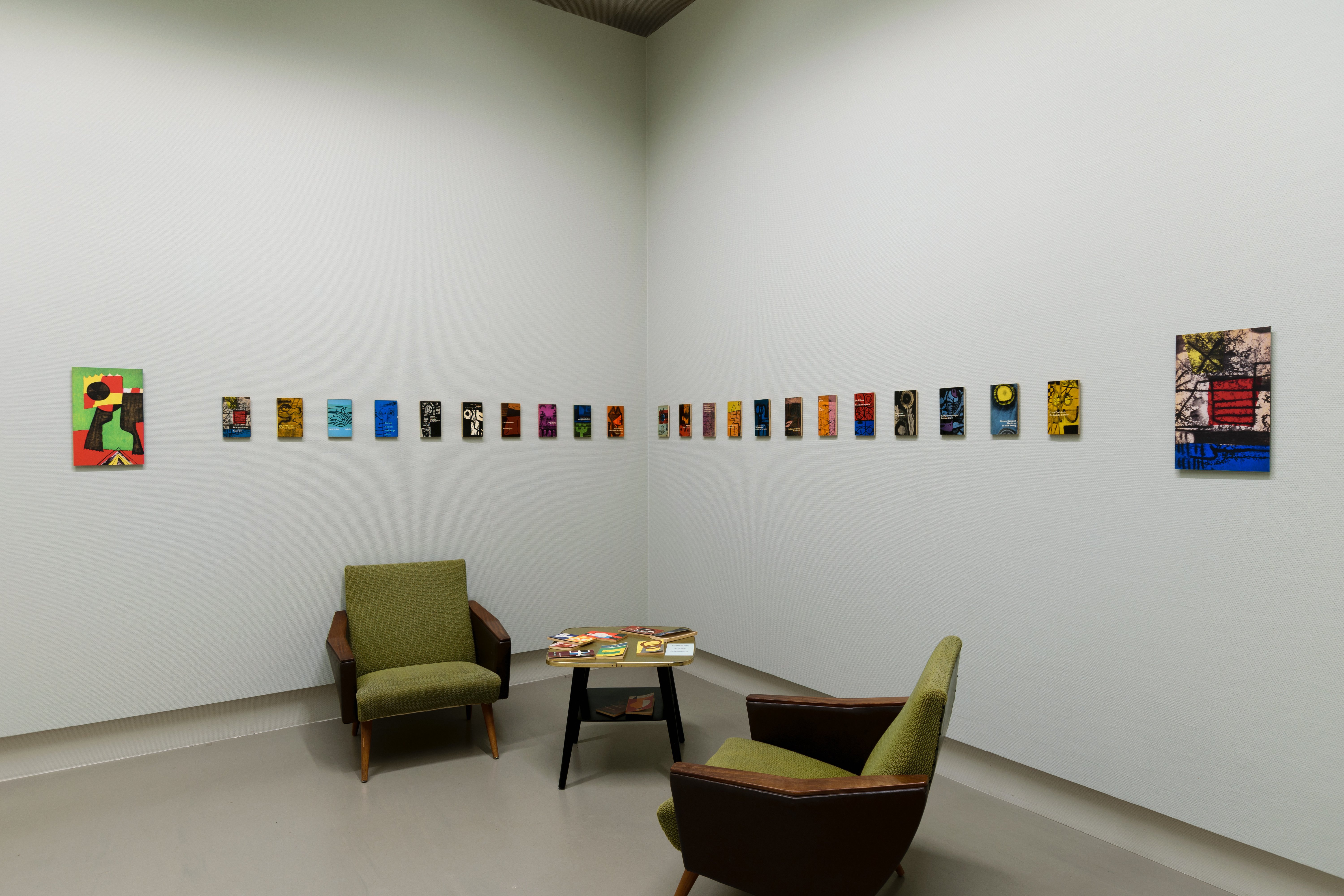
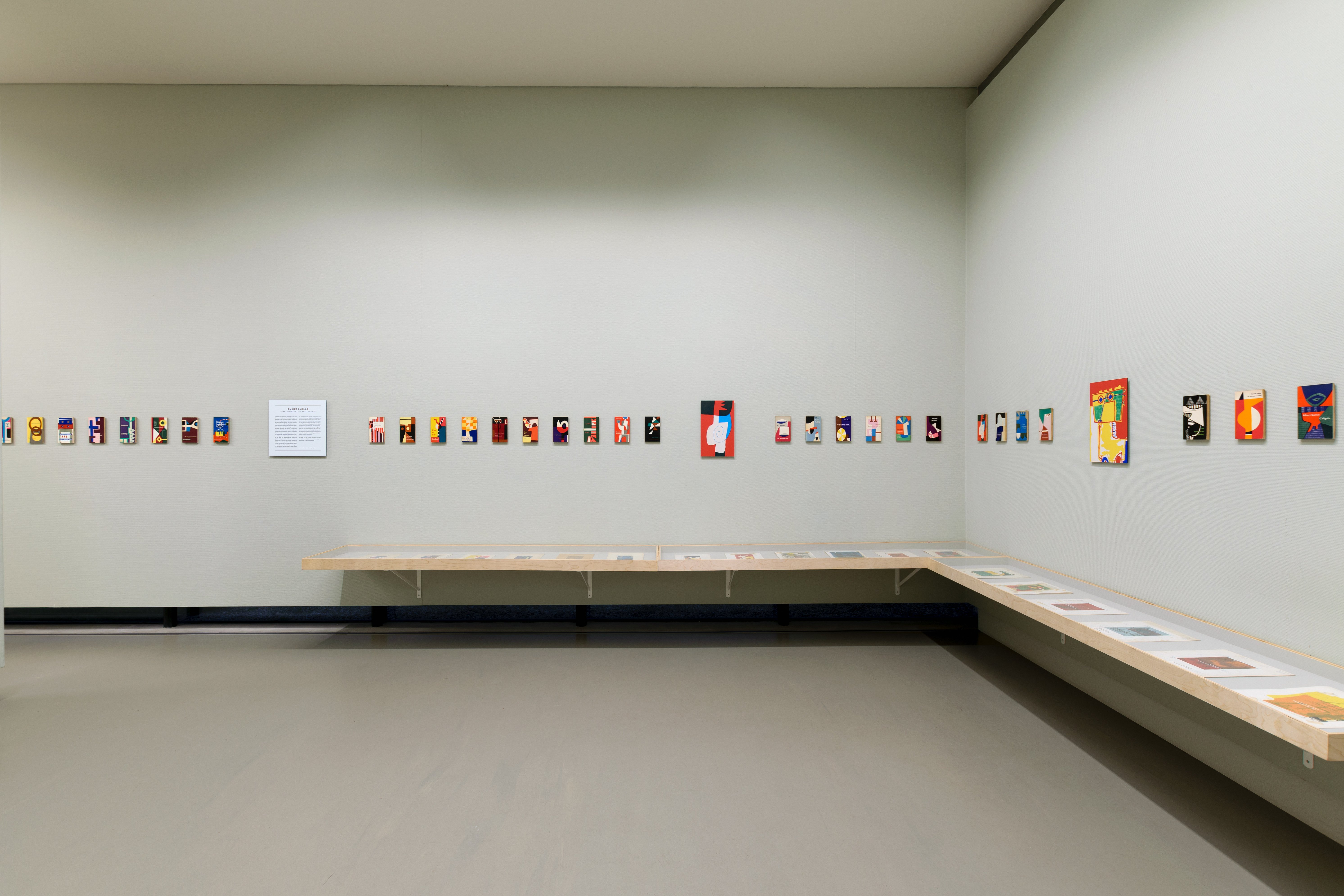
11 October 2025 – 8 February 2026
Margriet van Weenen explores in her work the relationship between humankind and the landscape, nature, and the earth. She focuses particularly on the changes taking place in nature—whether or not influenced by human activity—and their consequences for life on earth. The awareness that humans play nothing more than a temporary and subordinate role within the grandeur of nature resonates throughout all her work. Van Weenen draws most of her inspiration from the remote, northern, cold regions where no traces of human culture can be found.
She reworks old photographs or her own images of snow landscapes and icebergs with paint, and then photographs them again, creating entirely new images that hover between figuration and abstraction. This process is her way of processing and personalizing what she experiences in and with nature, transforming it into a kind of visual poetry.
The series ICE AGE IS COMING – Sailing home in conversation with Louise A. Boyd connects to the photographic archive of Louise A. Boyd (1887–1972), an American polar explorer of Greenland and the Arctic. Van Weenen’s series Iceberg page 106 is inspired by a photograph from the book De Planeet Aarde – Gletsjers (Planet Earth – Glaciers), published in Van Weenen’s birth year, 1983. The archival image shows how the “Ice Patrol” once marked the most dangerous icebergs at sea with paint—often a futile act, since icebergs constantly change in shape and size.
Margriet van Weenen (1983) studied at Academie Minerva and the Frank Mohr Institute. She lives and works in Noordhorn.
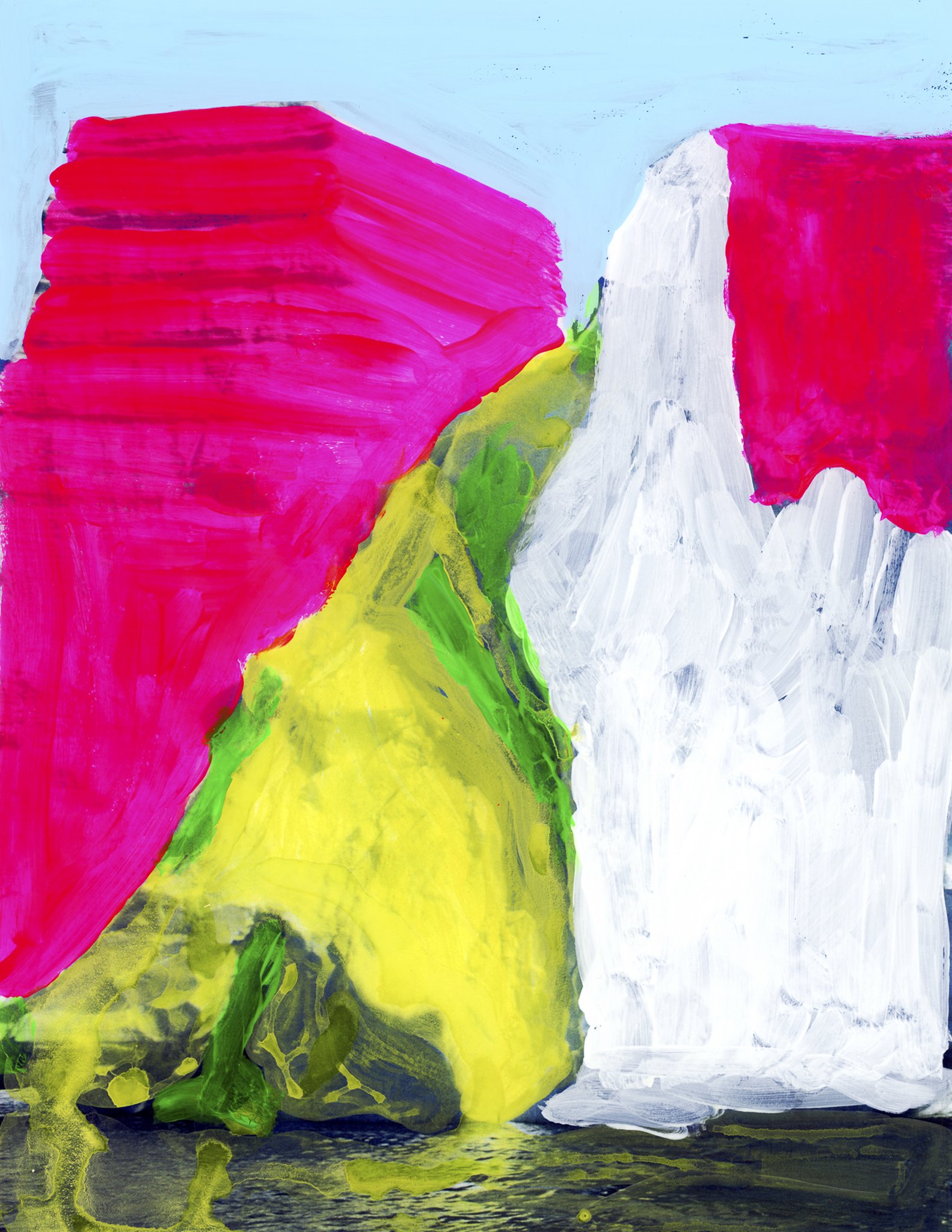
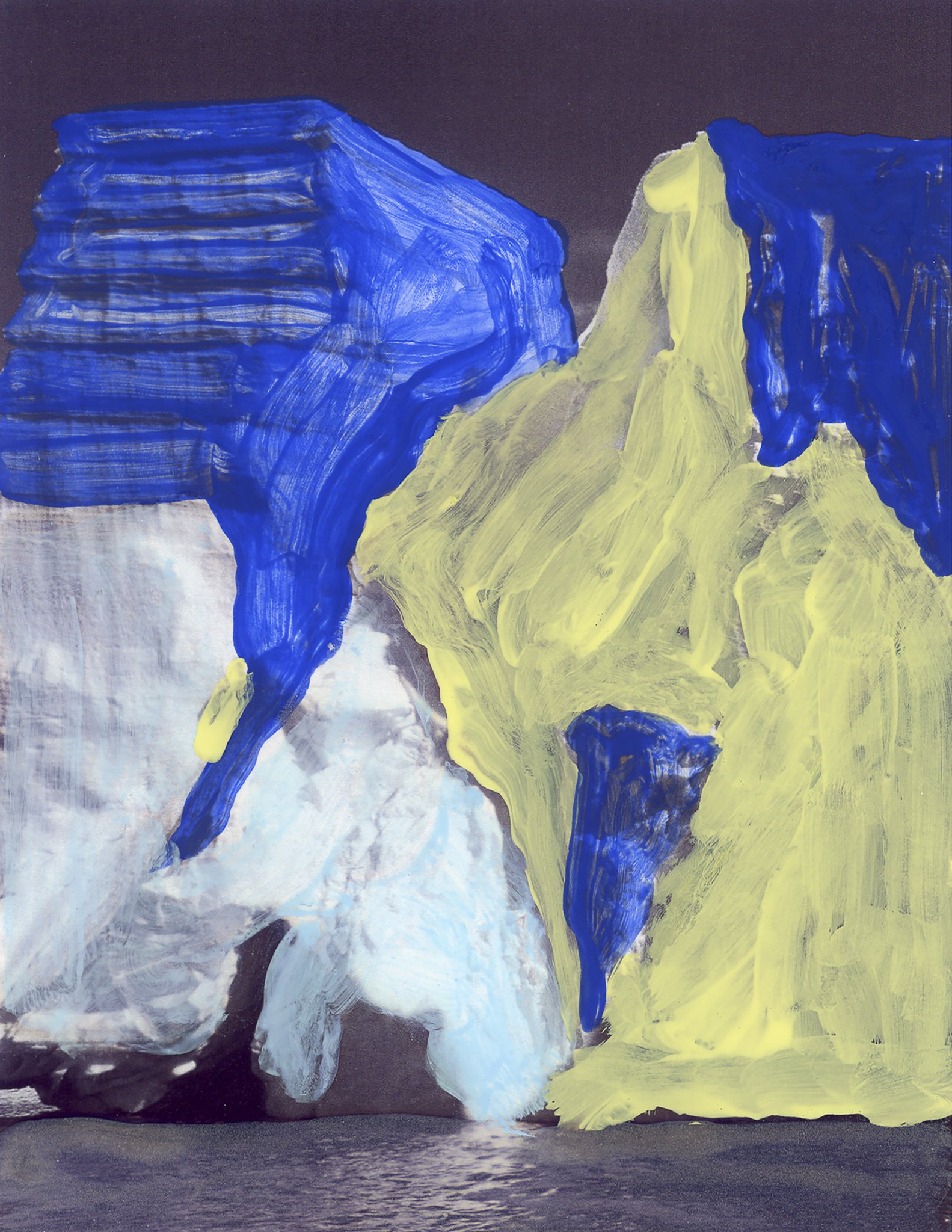
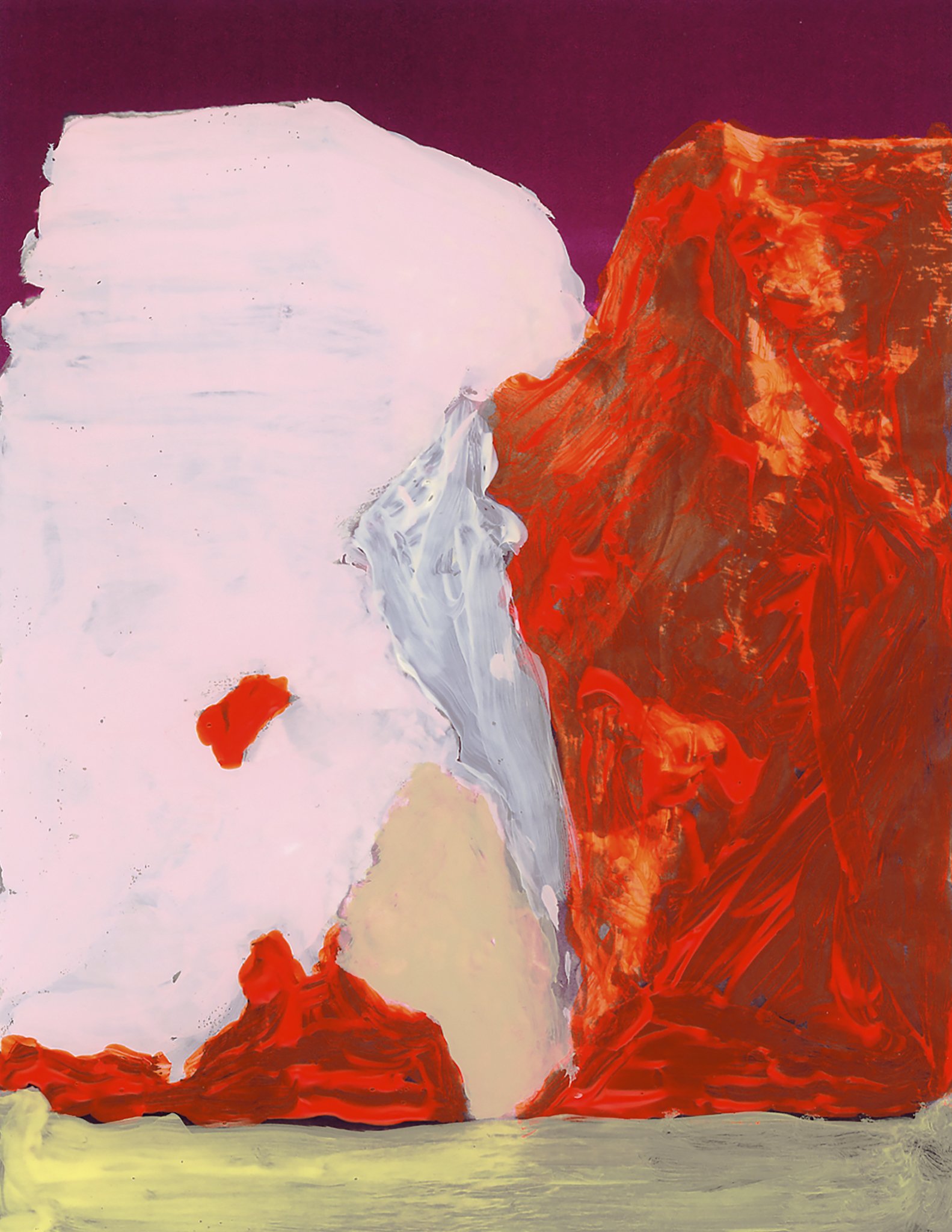
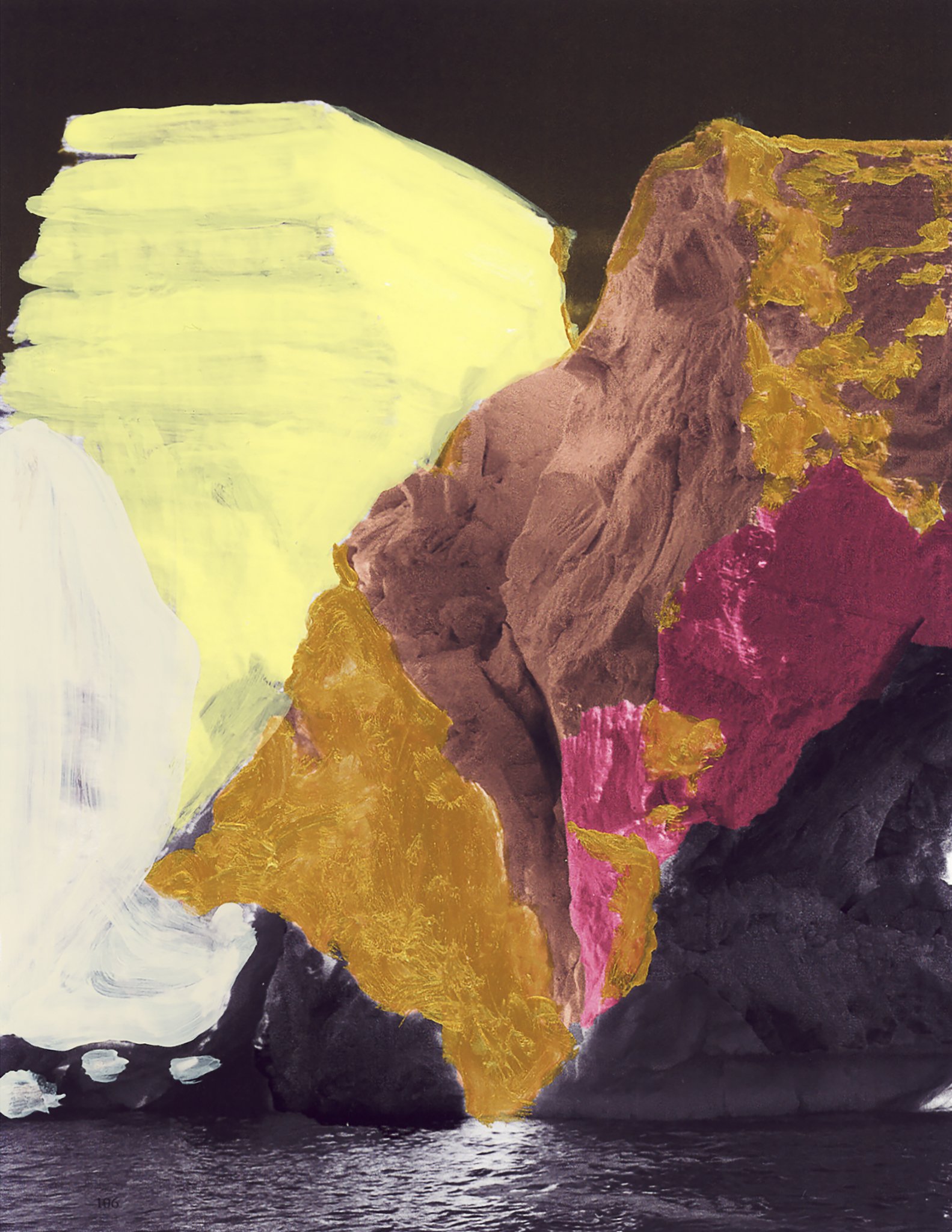
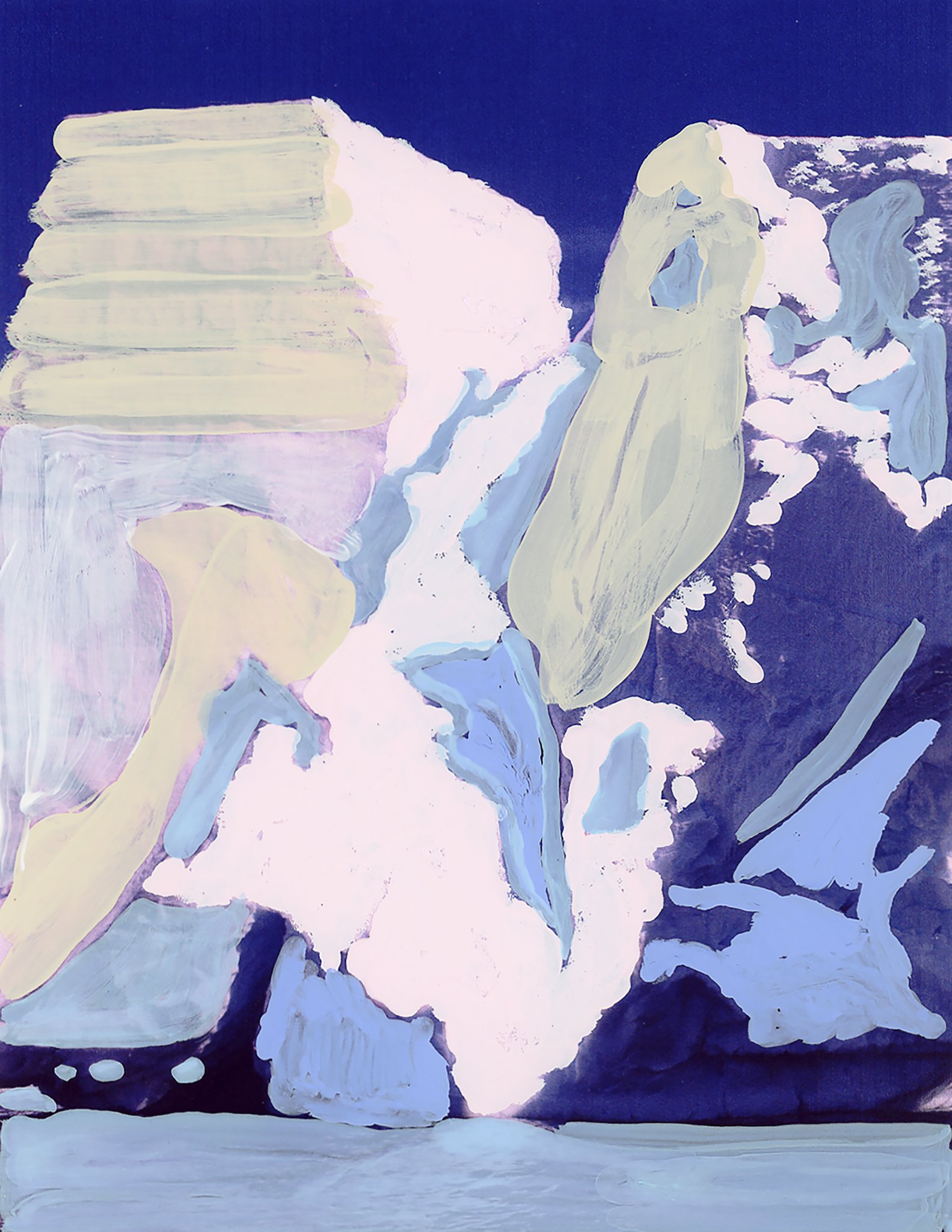
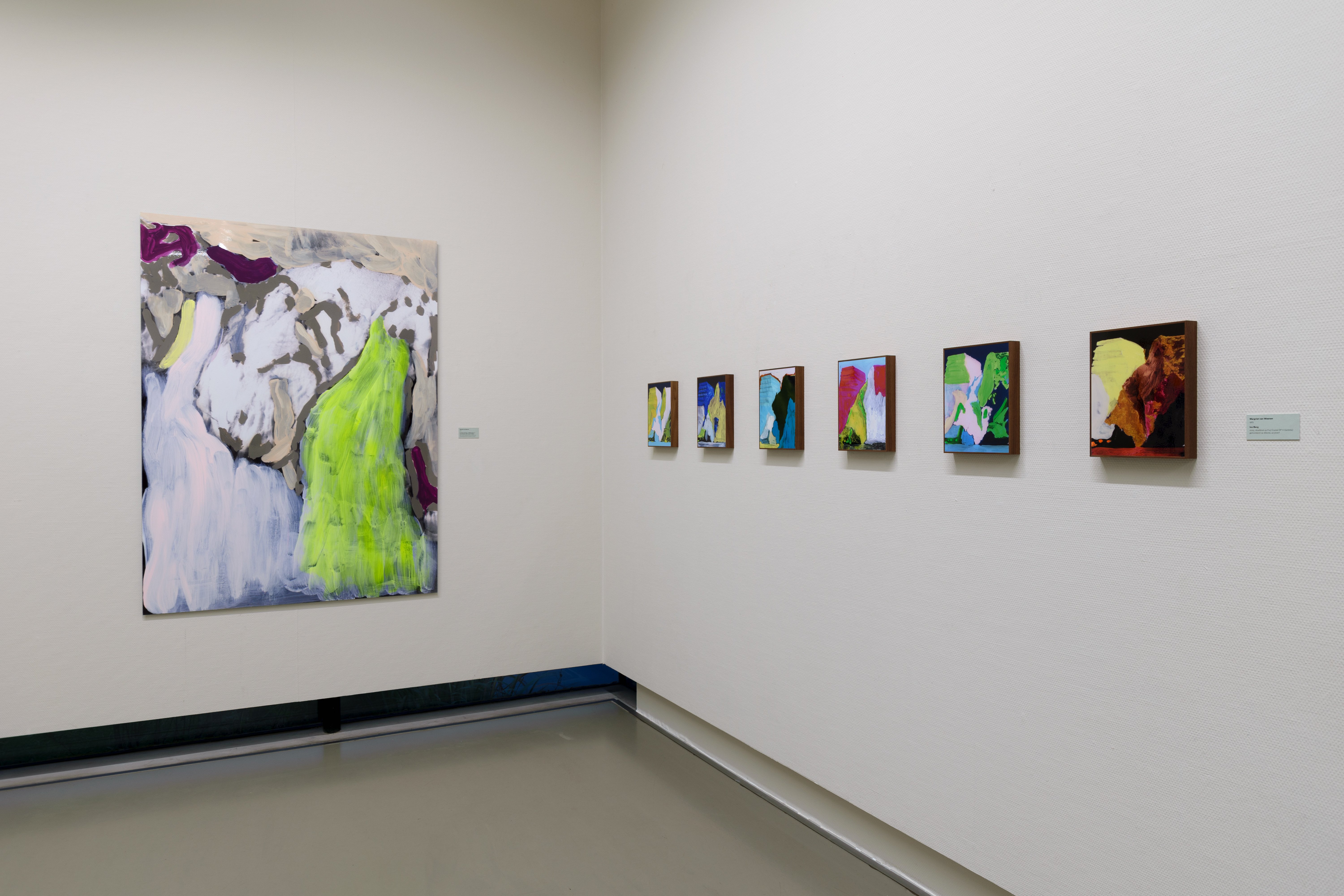
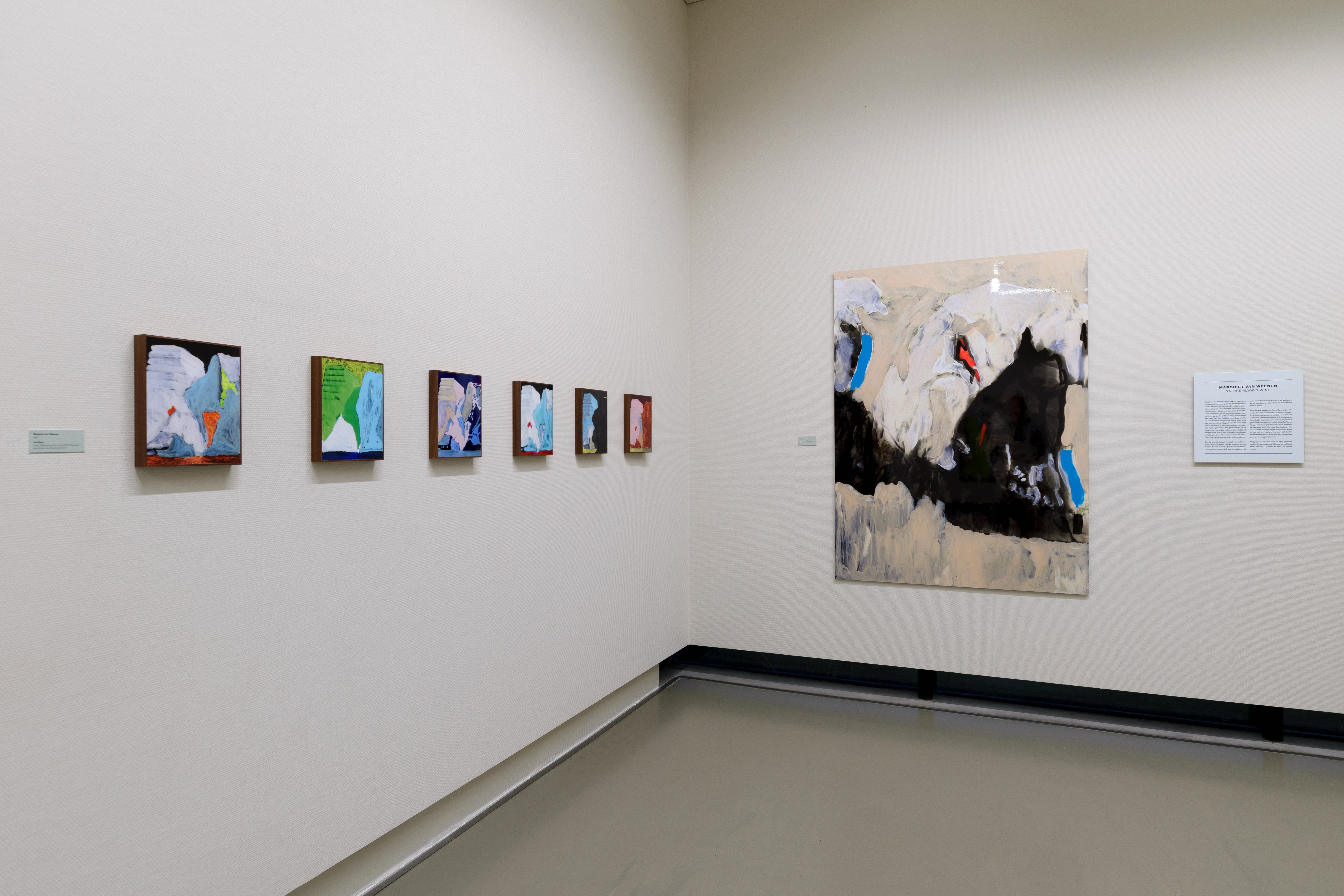
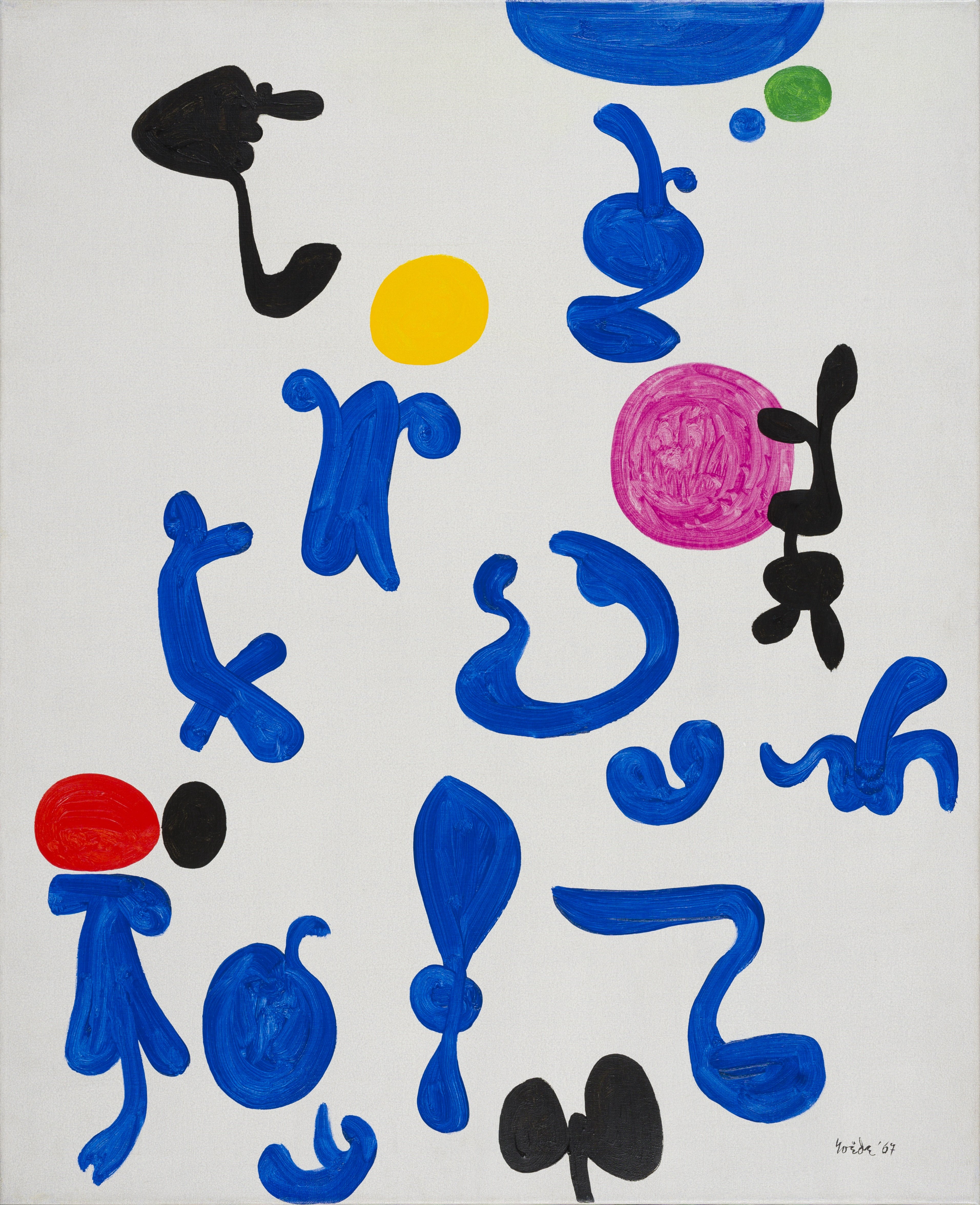
11 October 2025 – 8 February 2026
Jan Roëde (1914–2007) was born in Groningen and grew up in The Hague. He worked across various disciplines but ultimately focused on drawing and painting. During an extended stay in France, he Gallicized his name and developed a highly distinctive style, reducing figurative or abstract forms to bold, simplified signs.
In the 1950s, his work showed affinities with that of the CoBrA artists—who even invited him (unsuccessfully) to join their group—but Roëde's style remained more poetic and gentle in nature. His inspiration came from modern painting and Zen Buddhist philosophy.
This room presentation highlights Roëde’s more abstract paintings and gouaches, in which colorful visual signs are brought together in rhythmic compositions.
With thanks to the Jan Roëde Foundation.
11 October 2025 – 8 February 2026
For the works on paper included in this presentation, Egbarta Veenhuizen (1953) drew inspiration from her travels to Greenland and from the novel The Prophets of Eternal Fjord (2012) by Kim Leine. This novel by the Norwegian-Danish author is set in late eighteenth-century Greenland and depicts how Danish missionaries attempt to convert the Indigenous inhabitants of a settlement against the backdrop of rugged snowy landscapes. The clash of cultures and the struggle for survival are the central themes that Egbarta Veenhuizen has explored in her Greenland project.
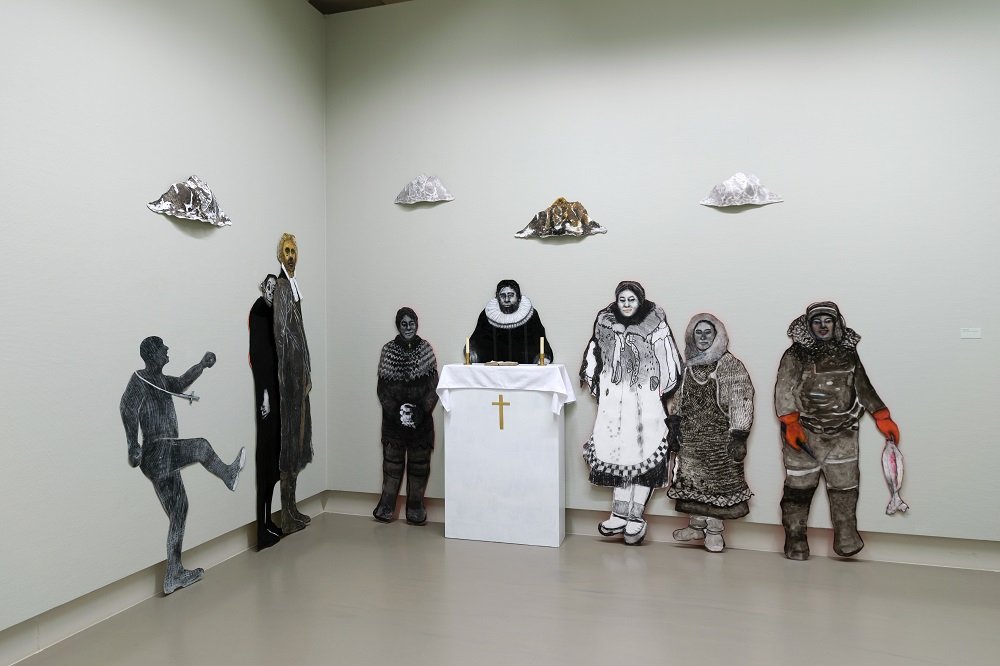
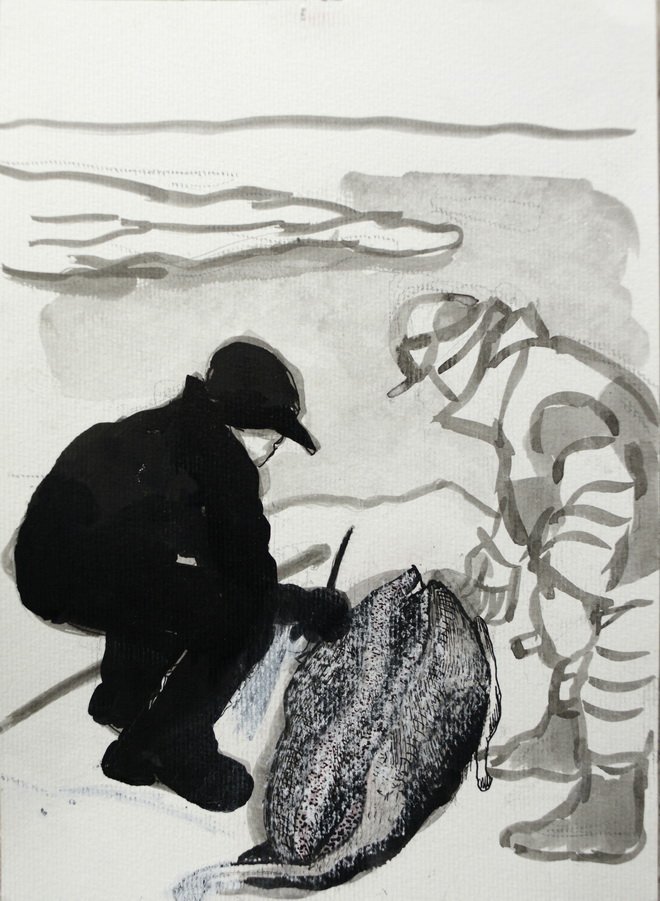
The installation at the center of this presentation consists of four life-sized Inuit women, a Danish pastor, a government official, and the personification of omnipresent death. In addition to this installation, a series of portraits of Inuit are on display, as well as a large drawing titled The Polar Explorer on the Way to Ittoqqortoormiit and a number of small travel sketches.
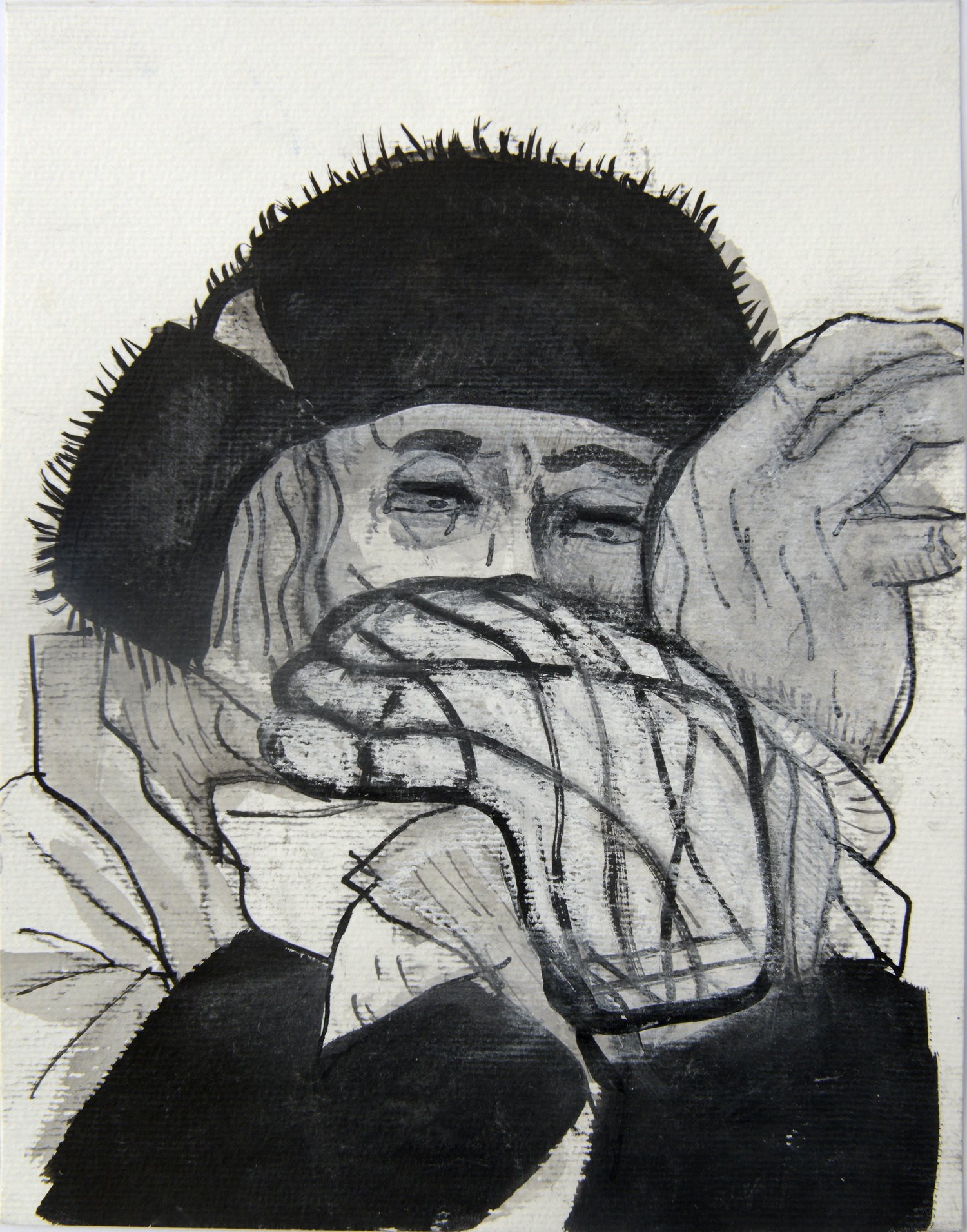
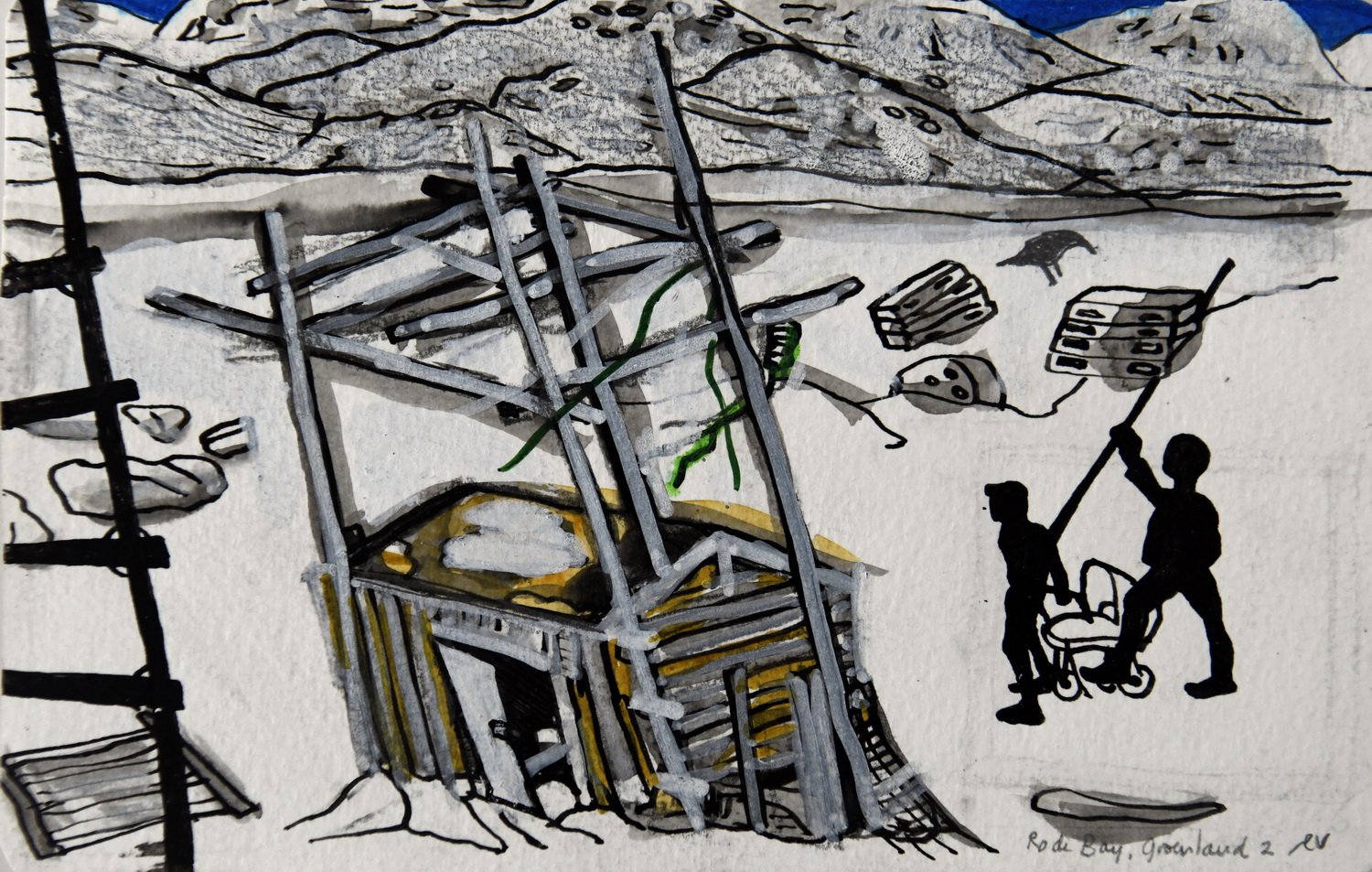
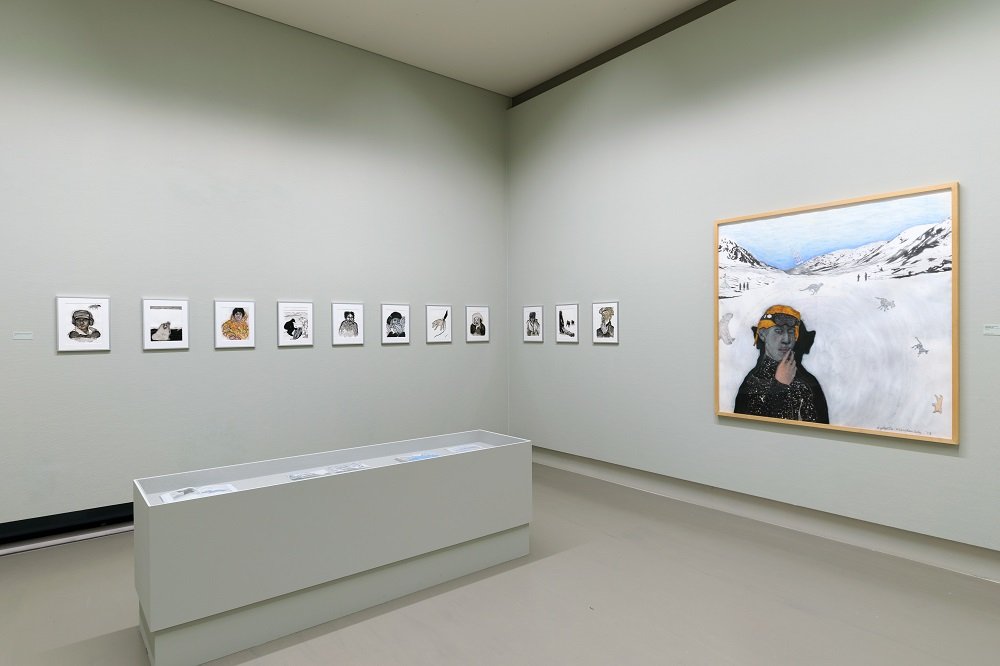
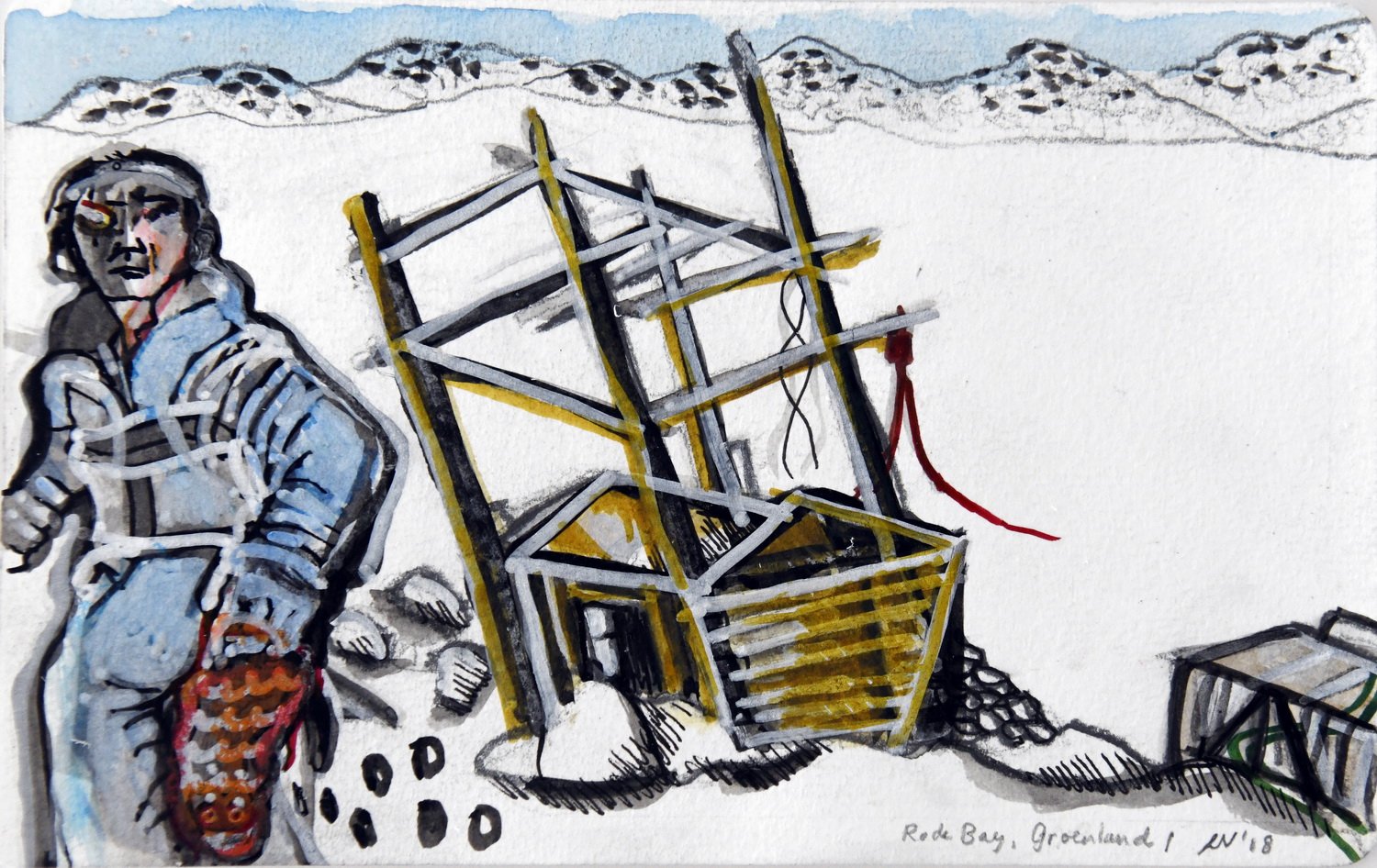
11 October 2025 – 8 February 2026
On the occasion of the departure of its secretary Bram van der Werf in 2024, the P.W. Janssen’s Friesche Stichting donated the metal sculpture After the Rain to Museum Belvédère. With this gift, the work by Auke de Vries (born 1937, Burgum) finally reached its intended permanent home after a long and winding journey. This presentation includes all the preliminary versions—studies and scale models—of After the Rain.
After the Rain was originally conceived in 2003 as a monumental landmark for what was intended to be the largest building in Istanbul. Due to various complications, construction was halted and the commission was ultimately cancelled.
A smaller model was temporarily placed in 2003 on the roof of the Aedes Architecture Forum in Berlin, before being moved to Istanbul, where it was installed on one of the towers of the Galata Bridge. There, De Vries’ sculpture drew considerable attention from both press and public—not only because of its striking position in the cityscape, but also due to the message embedded within the work.
The initial concept, a stylized ark, took on a different meaning after De Vries visited a local slum that was being cleared—against regulations—to make way for an ambitious construction project.
The simple box-like structures of the informal settlement inspired a new design, in which the open ark was transformed into a more enclosed vessel with outstretching frameworks—a refuge in precarious balance, carrying a hope for safe passage.
In 2012, After the Rain was shown for the first time in Oranjewoud during Auke de Vries’ major exhibition at Museum Belvédère. Twelve years later, it has returned to the same far corner of the museum roof.
With thanks to the P.W. Janssen’s Friesche Stichting.
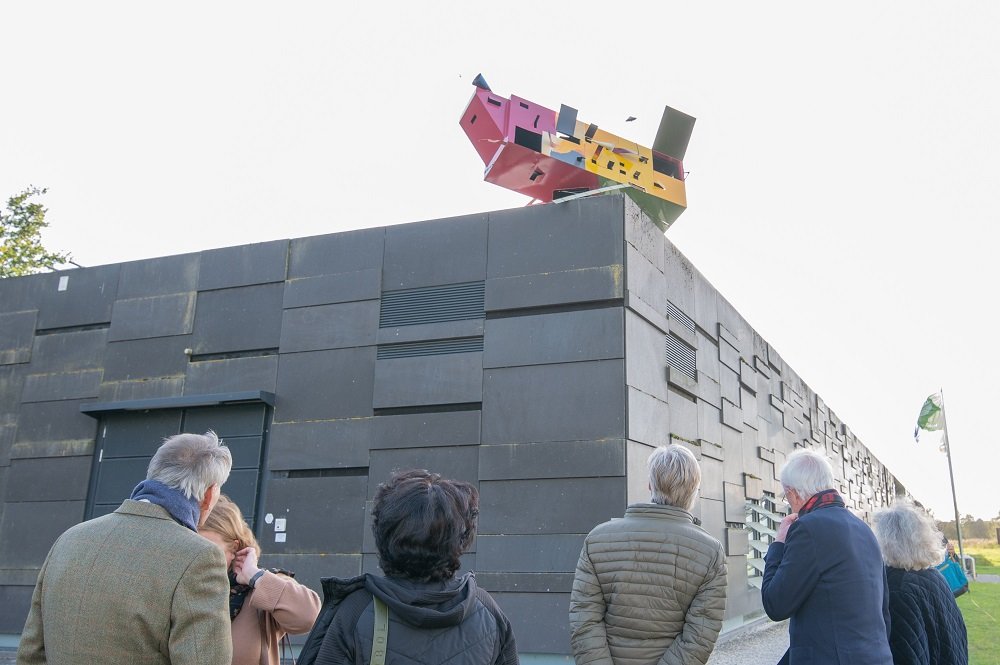
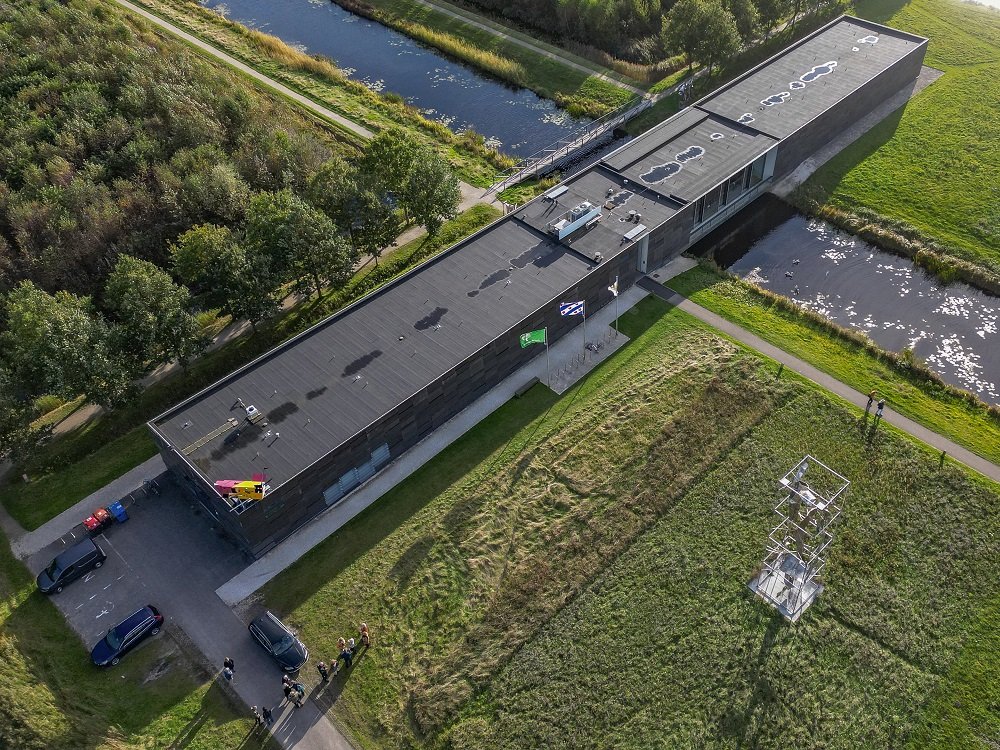
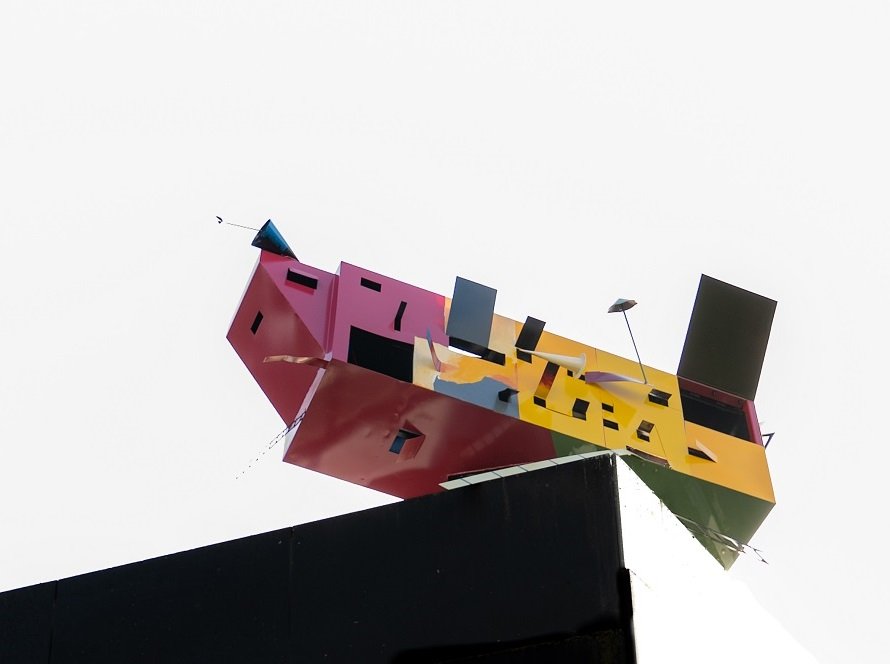
een selectie uit de vaste collectie
Waar land, water en lucht ruimte vinden
11 oktober 2025 t/m 8 februari 2026
Museum Belvédère toont een collectie kunstwerken van belangrijke Friese kunstschilders, eenlingen die vaak ver van de grotere kunstcentra en zonder academische opleiding genoten te hebben, zeer persoonlijk werk maken – kunstenaars als Jan Mankes, Thijs Rinsema, Gerrit Benner, Tames Oud, Boele Bregman, Klaas Koopmans, Willem van Althuis, Sjoerd de Vries en Jan Snijder.
Binnen het collectiebeleid onderscheidt Museum Belvédère een aantal aandachtsgebieden die zijn terug te voeren op relevante Noord-Nederlandse kunstenaarspersoonlijkheden. Daarbij beperkt het zich niet tot stromingen, stijlen of kunsthistorische perioden, maar zoekt het geestverwantschappen door de tijd heen – heldere overeenkomsten tussen kunstwerken van toen, later en nu, variërend van figuratief tot abstract.
De aandachtsgebieden binnen de vaste collectie:
Het werk van Jan Mankes – met accent op diens Friese jaren (1909-1915) – en het werk van geestverwante figuratieven.
Het Nederlands constructivisme uit de periode 1915-1930 met als kernwaarden het werk van Thijs Rinsema en Wobbe Alkema.
Het Nederlands en Vlaams expressionisme uit de periode 1915-1940, met als kernwaarden het werk van Tinus van Doorn, Jean Brusselmans en Jan Altink.
Het werk van Gerrit Benner en Nederlandse expressionisten uit de periode 1945-1970.
Het poëtisch en landschappelijk georiënteerd expressionisme, dat zich manifesteert in het werk van Friese kunstenaars als Sjoerd de Vries en Jan Snijder.
Het werk van kunstenaars die putten uit de verworvenheden van de klassiek moderne schilderkunst en in hun werk geestverwantschap vertonen met dat van kunstenaars die tot bovenstaande groepen behoren.
Figuratieve en abstracte schilderkunst die behoort tot bovengenoemde categorieën en op welke wijze ook refereert aan landschappelijke aspecten – land, licht, lucht en ruimte. Werken met een zekere mate van verstilling genieten daarbij de voorkeur.
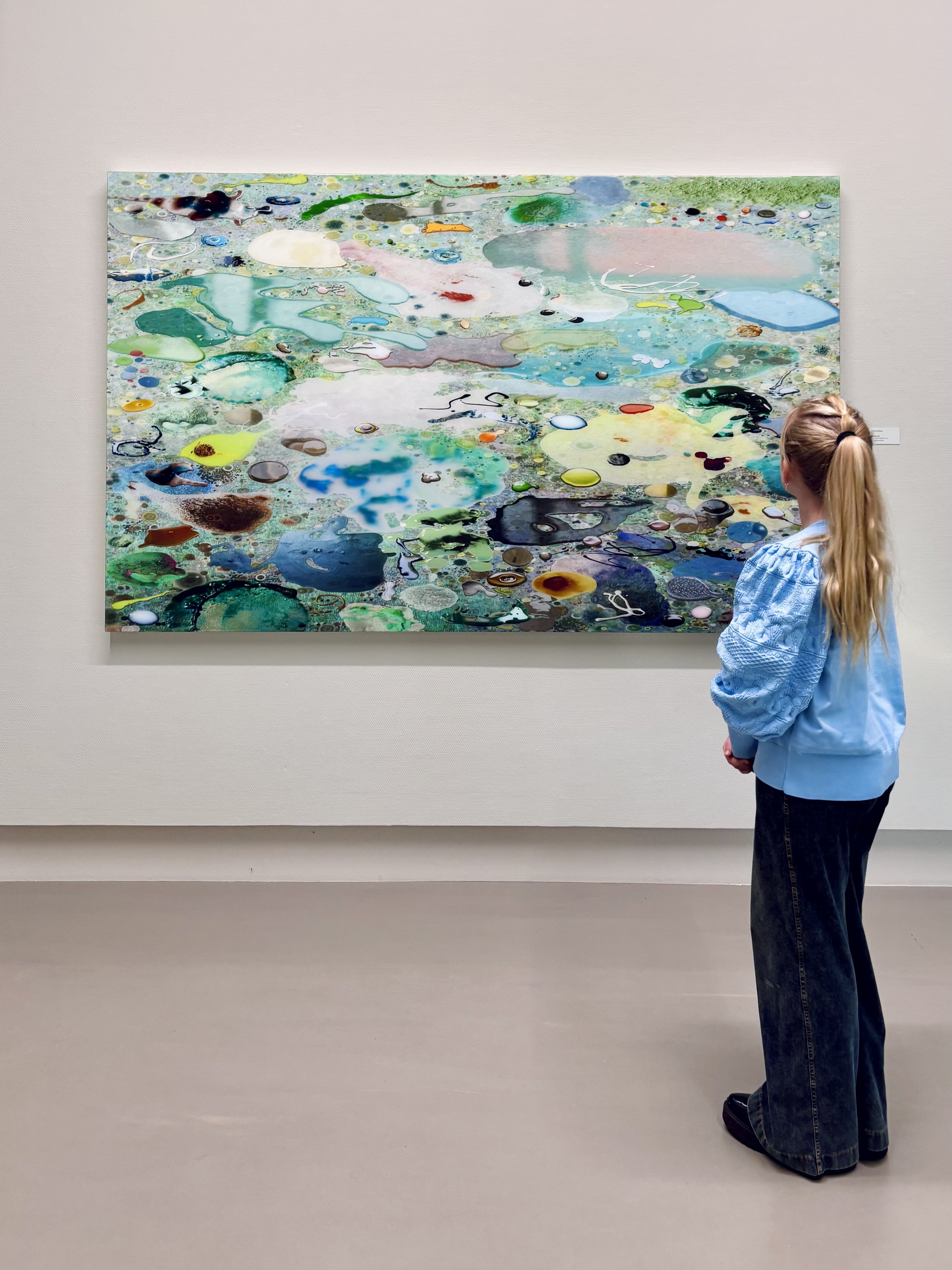
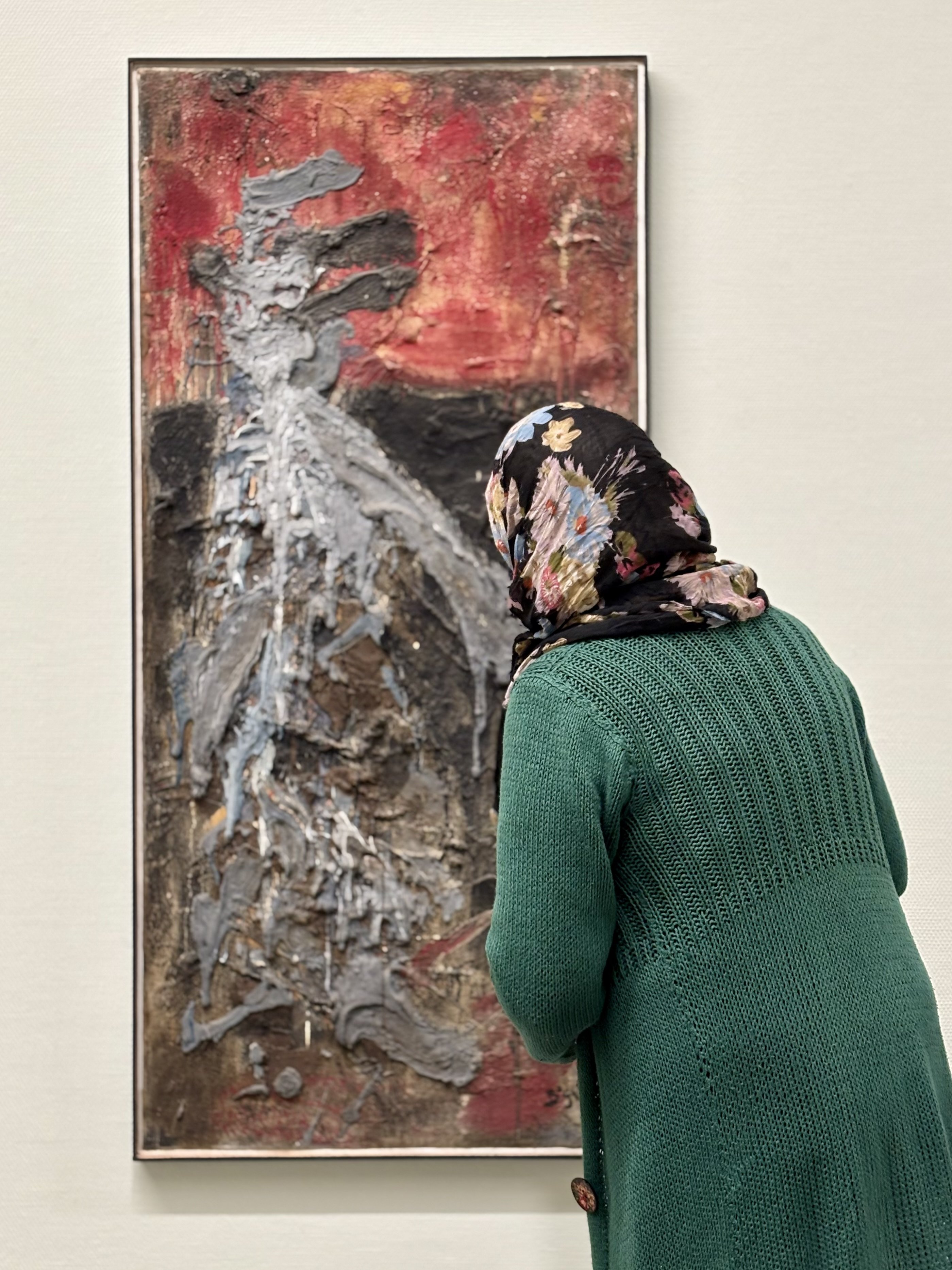
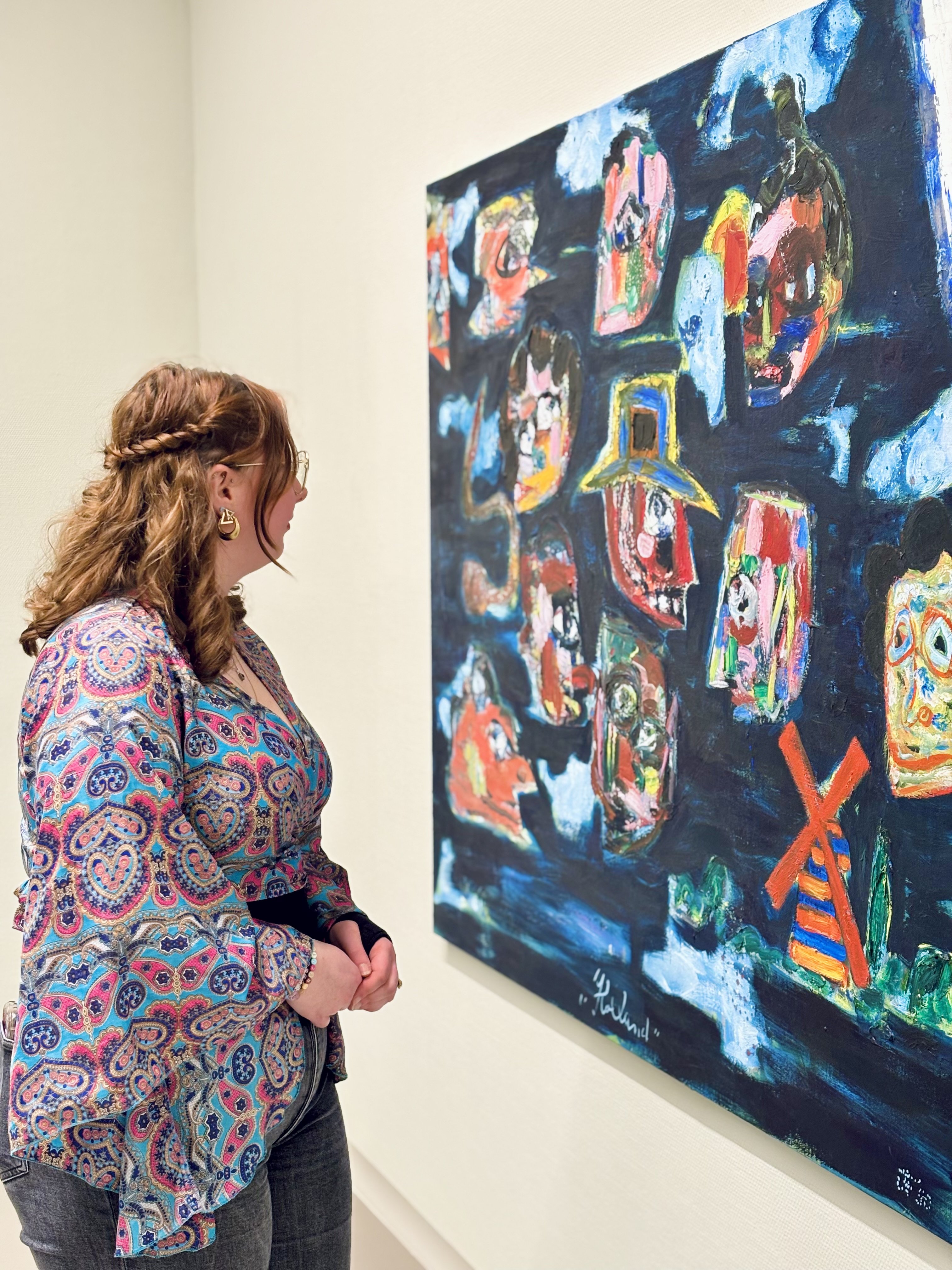
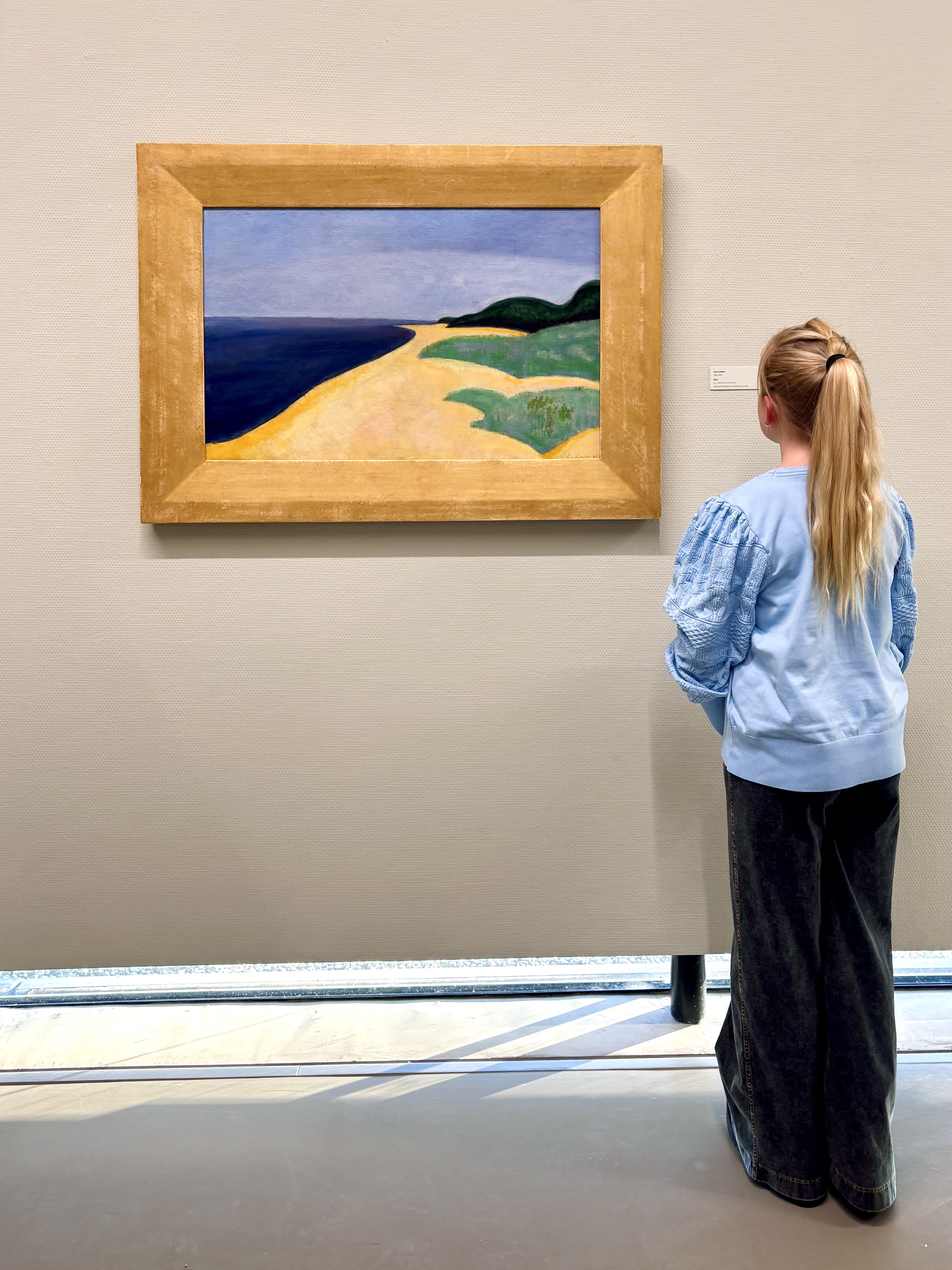
Geestverwanten in binnen- en buitenland
In zijn verwervingsbeleid richtte Museum Belvédère de blik aanvankelijk op Friesland, maar vanaf 2010 zette het steeds nadrukkelijker in op het gehele noorden van Nederland – Friesland, Groningen, Drenthe en de kop van Noord-Holland.
Inmiddels heeft Museum Belvédère een omvangrijke vaste collectie die inzicht geeft in de ontwikkeling van de moderne kunst in het noorden en de vele onderlinge paralellen en verbanden. Om context te geven aan zijn kerncollectie verzamelt het museum ook werk van kunstenaars uit andere delen van het land en uit het buitenland; kunstenaars die vanuit een overeenkomstige achtergrond, omstandigheid of mentaliteit scheppen.
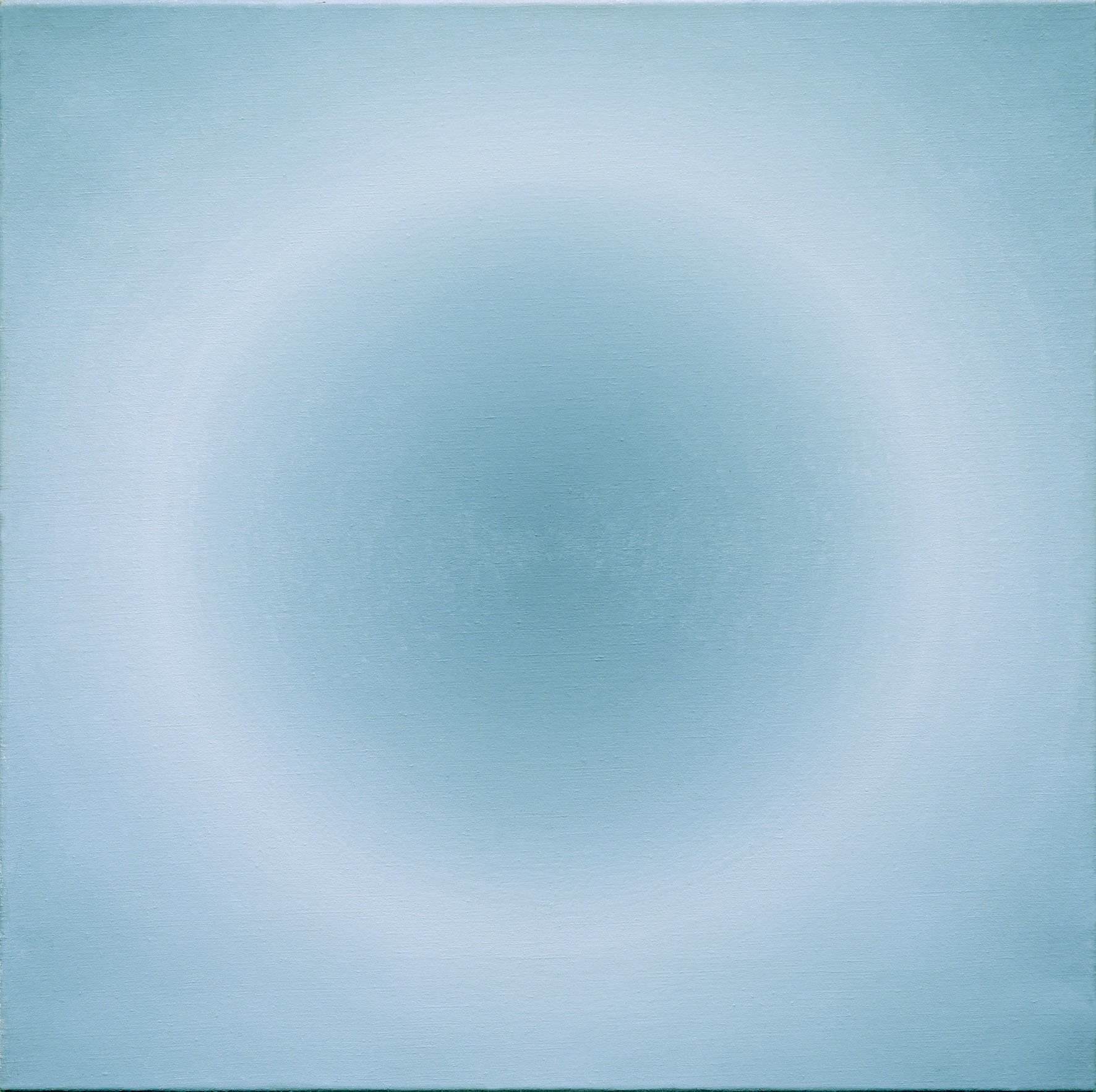
Moderne en eigentijdse kunst in het noorden van Nederland
Met de verzameling kunstwerken die initiatiefnemer en directeur van het eerste uur Thom Mercuur (1940-2016) in de oprichtingsfase bijeen bracht als inhoudelijk geweten, heeft Museum Belvédère in de jaren die volgden zijn grenzen verlegd. Het streefde er in de eerste plaats naar om, op grond van zijn inhoudelijke uitgangspunten, een kunstcollectie op te bouwen die een afspiegeling vormt van de moderne en eigentijdse kunst in het noorden van Nederland.
Daarnaast wilde het zich positioneren als enige museum waar deze, in relatie tot kunst van elders, permanent wordt getoond.